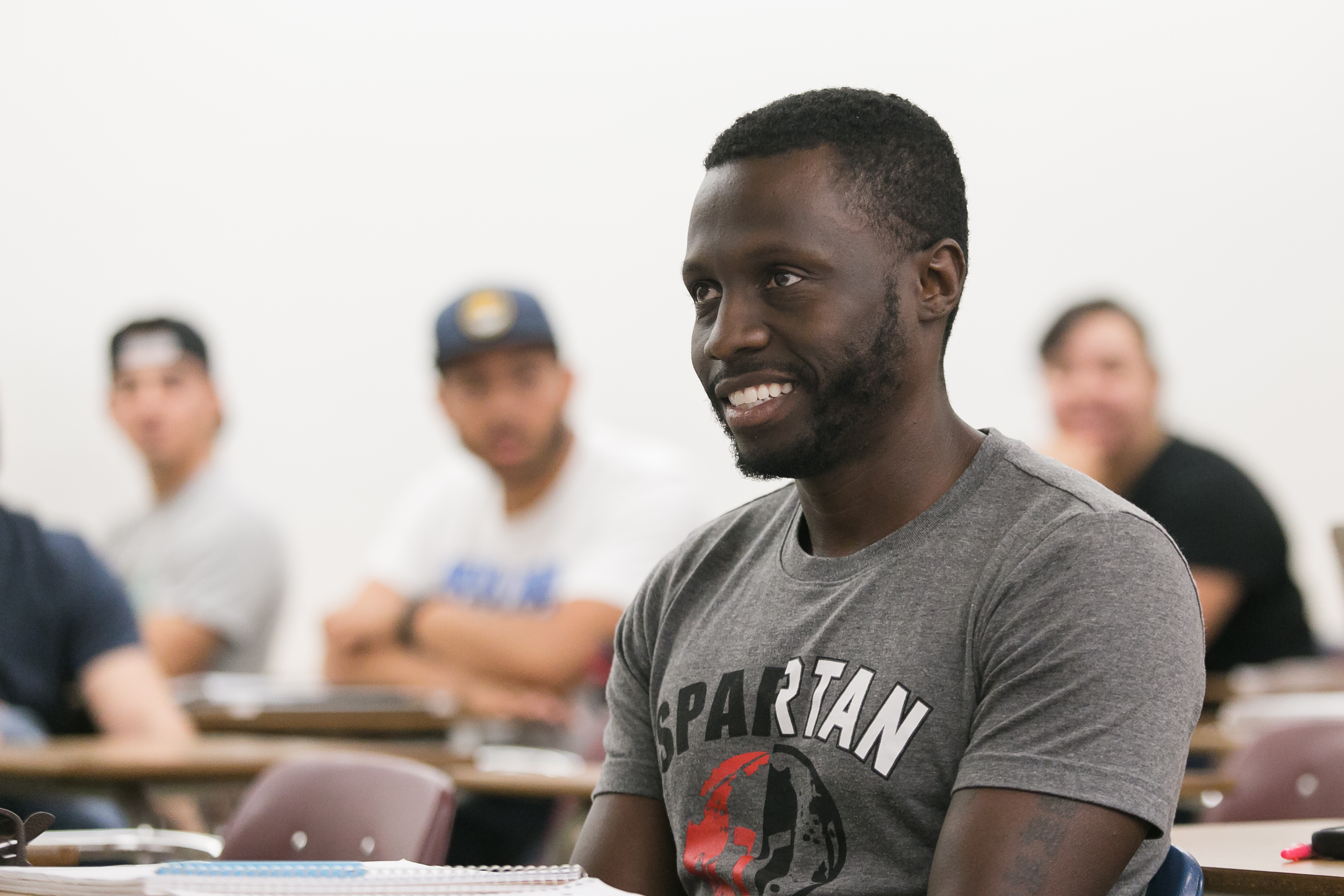Findings
Complex Student Identities
Our sample included 1,316 Black college students. which consisted of about half being seniors (51%) and most identifying as domestic students (96%). For race/ethnicity, most identified as single race Black and approximately 10% also identified as White, 7% also identified as Hispanic, Latino/a, or Latine, and 5% also identified as Indigenous, American Indiana, Native American, or Alaska Native. For gender, around 67% identified as women, 30% identified as men, and 2% identified as genderqueer, non-binary, or gender non-conforming. The majority of the Black college student sample were enrolled full-time (91%), seniors (51%), and either a Business (20%), Social Science (13%), or Health Profession (12%) major (although a variety of other major fields were also represented).
What are Black college students’ perceptions of mattering and marginalization on their college campuses?
We conducted a series of independent samples t-test analyses to examine how the three mattering scales – institution, learning environment, and peers – differ by class year for Black college students. In relation to perceptions of mattering for Black college first-year and senior students, seniors statistically had higher perceptions of mattering on all three scales. Black college students felt they mattered around ‘some’ in their institutional community, with seniors (M = 2.64, SD = .96) slightly more so than first-year students (M = 2.50, SD = .95). Both groups felt that some people at their institution wanted to get to know and support them, see them succeed, and appreciated their unique background and experiences. Black college seniors had a higher agreement with feeling like they mattered to the learning environments they participated in (M = 3.28, SD = .49) than first-years (M = 3.15, SD = .51). Both groups generally agreed that their instructors and peers supported their learning, were open to their contributions, and respected their backgrounds and identities. With regard to connecting with and feeling supported by peers, Black college students had slightly less agreement. Seniors (M = 2.90, SD = .65) were again higher than first-year students (M = 2.80, SD = .63). They both had relatively lower agreement on feeling like their peers supported their learning and well-being, finding groups with similar interests as theirs, and feeling connected to peers when working in groups (Table 1).
The results of these t-tests intuitively make sense, suggesting that with greater time on campus, Black college senior students can build and sustain communities of value to them. However, it is surprising that although seniors have higher perceptions of mattering, the perceptions of mattering did not drastically differ between first year students and seniors. This may suggest that how Black students feel like they matter to their institution during their first year of college is foundational for how they will perceive mattering throughout their academic journeys. It could also be the case that the first-year students with very low perceptions of mattering leave their institutions before they reach their senior year.
How do perceptions of mattering and marginalization differ by race, gender, and international status?
Table 2 breaks down mattering perceptions for Black students by racial identity, gender identity beyond the binary, and international status. Given the variation in sample sizes within each demographic identity, including some groups with small counts, we intentionally combined the class year groups to focus on racial identity, gender identity, and international status. We acknowledge that some groups have relatively small sample sizes but determine that their experiences are still worth exploring and analyzing through descriptive statistics, especially as we work to understand complexity of identities.
For racial identity, Black students who also identified as Asian relatively had high agreement that they mattered within their learning environments (M = 3.30, SD = .47) and also agreed that they felt they mattered to their peers (M = 3.00, SD = .56). This may suggest these students feel more connected and welcomed within their academic communities. On the other end, Black students who also identified as Middle Eastern/North African generally felt they mattered only ‘some’ to their institutional communities (M = 2.16, SD = 1.55) and had relatively lower agreement that they mattered to their peers (M = 2.31, SD = .90). This suggests that they may not feel well connected with both peers and instructors at their institutions.
For gender identity, Black students who identified as demigender (M = 1.85, SD = 1.82) or two-spirit (M = 1.79, SD = 1.51) felt they mattered to their institutional communities relatively ‘very little’. This could be the case, as these gender identities are not often emphasized or acknowledged in broader conversations about gender identity, so they may feel that their specific experiences are never discussed. Both Black students who identified as women (M = 3.21, SD = .51) and men (M = 3.22, SD = .50) had relatively high agreement that they mattered to their learning environments, which make sense given these gender identities are discussed and privileged the most within higher education contexts. Lastly, Black students identifying as men (M = 2.91, SD = .62), demigender (M = 2.85, SD = 1.25), and women (M = 2.83, SD = .65) had lower agreement that they mattered to their peers compared to learning environment, but those scores were still higher than Black students who identified with other gender identities.
For international status, Black international students generally agreed that they mattered to their institutional community (M = 2.84, SD = .96), learning environments (M = 3.30, SD = .47), and peers (M = 3.00, SD = .56). It is worth noting that means for the mattering scales for Black international students were all higher than for domestic Black students. Researchers have explored how Black international/foreign-born students tend to have quite different relationships and experiences within higher education institutions than Black domestic students (Mwangi, 2016). Therefore, this result is not surprising but rather warrants more exploration on how international status intersects with concepts of mattering and belonging.


 Other scholars have specifically focused on subgroups of Black college students' experiences with mattering, belonging, and marginalization. Black women college students report feelings of unworthiness, racial and gendered microaggressions, and inadequate support from both peers and faculty (Dortch & Patel, 2017; Lewis, 2021; Porter, 2022). These challenges faced by Black women emphasize the need for institutions to consider how they center and uplift the needs of Black women (Porter, 2022). Black men college students reported receiving messaging within learning environments that Black people are inferior to White people (Lewis, 2021). Through a broader lens, less research has been conducted on mattering for Black students identifying beyond the gender binary and Black international students (Dolan, 2023; George Mwangi, 2016).
Other scholars have specifically focused on subgroups of Black college students' experiences with mattering, belonging, and marginalization. Black women college students report feelings of unworthiness, racial and gendered microaggressions, and inadequate support from both peers and faculty (Dortch & Patel, 2017; Lewis, 2021; Porter, 2022). These challenges faced by Black women emphasize the need for institutions to consider how they center and uplift the needs of Black women (Porter, 2022). Black men college students reported receiving messaging within learning environments that Black people are inferior to White people (Lewis, 2021). Through a broader lens, less research has been conducted on mattering for Black students identifying beyond the gender binary and Black international students (Dolan, 2023; George Mwangi, 2016).
 When broken down by race, gender identity, and international status, we see more discrepancy across the areas in which Black students may feel like they matter to their institution. These results demonstrate the importance of disaggregation when it comes to understanding Black student experiences on college campuses and why generalizations about how they develop relationships are surface level at best. The inclusion of expanded NSSE demographic items that allow for deeper disaggregation should continually be used to understand Black students with other identities that are not often discussed in research and in practice. Although the subgroups might be small, it is still important to consider variation in their experiences. Future research could also incorporate inferential statistical techniques that consider complexity of identities, as this might provide greater insights about the strongest differences.
When broken down by race, gender identity, and international status, we see more discrepancy across the areas in which Black students may feel like they matter to their institution. These results demonstrate the importance of disaggregation when it comes to understanding Black student experiences on college campuses and why generalizations about how they develop relationships are surface level at best. The inclusion of expanded NSSE demographic items that allow for deeper disaggregation should continually be used to understand Black students with other identities that are not often discussed in research and in practice. Although the subgroups might be small, it is still important to consider variation in their experiences. Future research could also incorporate inferential statistical techniques that consider complexity of identities, as this might provide greater insights about the strongest differences.